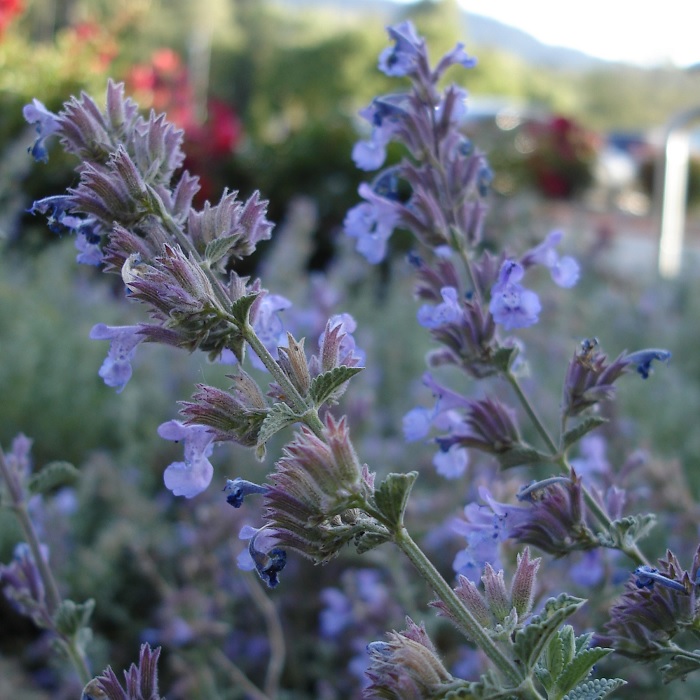UNITED STATES—It is amazing that so many orchards are so productive in California, and that so many similar orchards had formerly been productive in the urban areas in which so many of us now live. Nowadays, it takes so much work to care for just a few fruit trees in home gardens. Horticulture is not what it used to be.
Diseases and pests get transmitted all over the world at a rate unlike at any other time in history. It is just too easy to buy and sell infected plants online, and get them delivered without adequate inspection. Many varieties of plants that are so easily imported may not perform as reliably as the more traditional varieties.
Modern landscaping does not make fruit production any easier. Most deciduous fruit trees do not get pruned adequately or properly. Many get too much water. Almost all must live in crowded landscape conditions where diseases and pest proliferate. Sanitation (removal of infected plant parts) is rarely as efficient as it should be.
Then there is all this crazy weather! First, the winter does not get as cool as it should. Then, it does not get warm enough in spring. It is all so difficult to keep track of. Many plants do not know how to respond. Those that stay dormant through cool weather got an early start. Those that like warmth in spring started late.
The unfortunate deciduous fruit trees that need both a good chill through winter and nice warm spring weather are really confused. Early blooms were ruined by brief late frosts or brief rain showers. Some delayed blooms were not synchronized with pollinators. Some of the minimal fruit is developing slowly.
Even the fruitless or ‘flowering’ relatives of the deciduous fruit trees are annoyed by the weather. Many flowering cherry trees that should have bloomed profusely prior to foliation delayed bloom until lower foliage started to appear. However, both bloom and foliation are so slow and sporadic that upper stems stayed bare quite late.
Flowering crabapple trees, which generally bloom after flowering cherries, actually bloomed more reliably, and were not delayed as much. Hopefully, fruiting apple and pear trees, although late, will be more productive than so many of the cherry, apricot, plum, peach and nectarine trees will be this year.
Highlight: catmint
Not to be confused with closely related catnip, catmint is a resilient perennial for sunny and warm spots. Nepeta faassenii had always been the more familiar catmint. Modern varieties include a few other specie and hybrids. The various catmints work like the various lavenders or trailing rosemary, without getting so shrubby.
Unless they lean on something or climb through shrubbery, stems do not often get any higher than a foot as they spread to two or three feet wide. A few stems around the edges can grow roots through winter, to spread more the following year. New plants are easy to propagate by division of some of the rooted stems before spring.
The diagonal flower spikes that bloom most profusely as weather warms in spring are the color of faded blue denim. Some catmints bloom white or pink. The finely textured foliage is grayish green, although some varieties of catmint have chartreuse or greener foliage. Spent bloom can get shorn off to keep new foliage neat.






